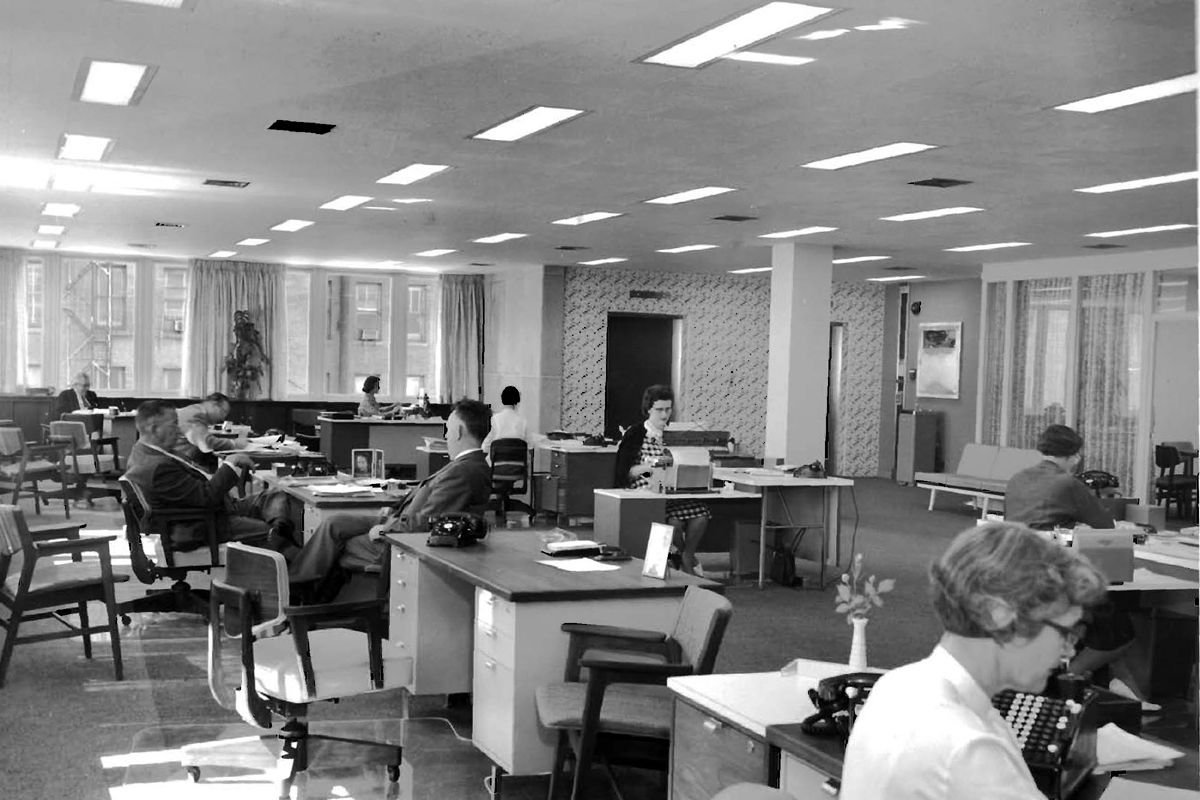How outdated offices are helping to ease the housing shortage
Outdated offices in the US will get a new life. The country has a redevelopment programme involves converting commercial properties into residential units.
Remote working has led to a large number of empty buildings. Initially, the decline in demand affected outdated office buildings. At the same time, as the number of vacant commercial properties increases, so does the need for housing. As a result, many US developers are renovating properties to increase demand.
According to a study by RentCafe, office conversions in the US will create more than 55,000 new apartments in 2024. This figure is four times higher than the 2021 result from renovations.
Which cities are most active in offices redevelopment?
Doug Ressler of Yardi Matrix notes that conversions have slowed significantly this year. This is due to the increase in construction costs. In addition, developers are complaining about the lengthy process of obtaining approvals from local authorities.
For their part, local authorities say they are supportive of renovating outdated and vacant properties:
1. The Washington authorities are particularly active in encouraging developers. The city has become a leader in the volume of redevelopment. In 2024, 5,820 dwellings will appear here, which is 88% higher than the previous period’s results.
2. New York is in second place in terms of renovation rates, where there will be 5,215 dwellings in the pipeline. The main object of conversion is the office building that used to be the representative office of JPMorgan & Chase. This building alone will provide 1,263 apartments.
3. Dallas rounds out the top three. Here, outdated offices are being converted into 3,163 new apartments.

It is worth noting that Dallas has the highest rate of redevelopment focused on creating housing. The city also leads the US in terms of new jobs in 2023.
Chicago follows Dallas, where the rate declines compared to the previous period. The city is likely to deliver around 430 new homes. This will be 9% below the 2023 delivery rate.
The US housing market is uneven. While supply fails to keep pace with demand in some cities, the opposite is true in others. For example, by the beginning of 2024, the cost of an apartment in central San Francisco had fallen back to 2014 levels. This was also due to the remote nature of work. Before the pandemic, the city was home to many technology companies. Accordingly, their employees preferred to live close to the office. With the shift to remote working, the need for housing in the city disappeared, and many people moved away. As a result, the number of empty offices in San Francisco increased, and the demand for housing decreased.
